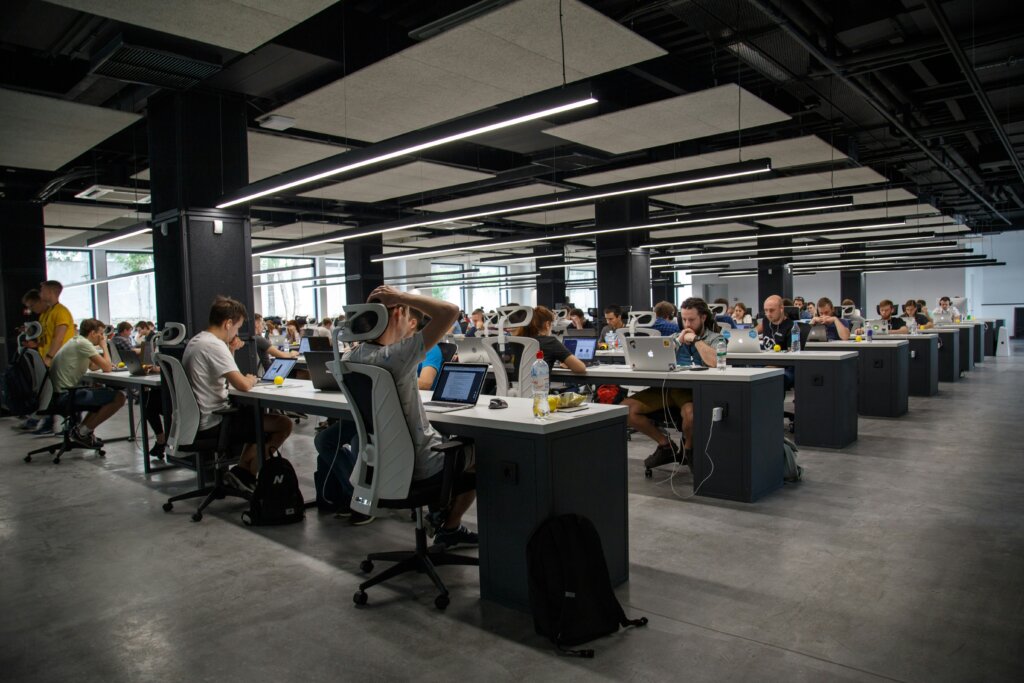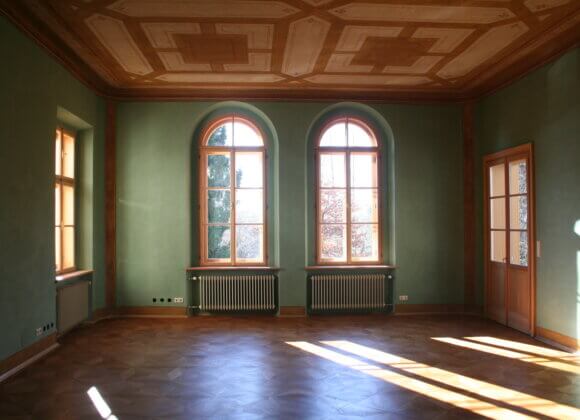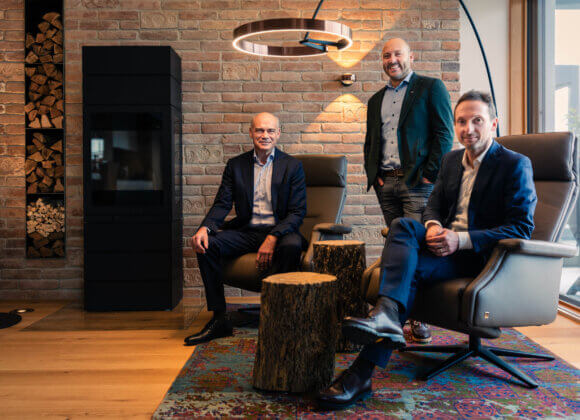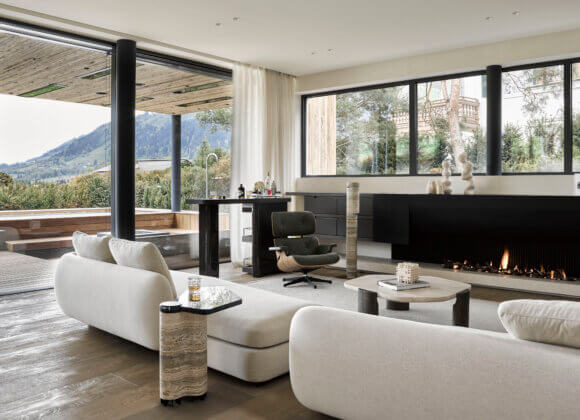Burning eyes, a scratchy throat, a scratchy voice, tiredness and fatigue do not necessarily indicate a cold. If these symptoms only ever occur in certain buildings, you may be suffering from sick building syndrome.
What is sick building syndrome (SBS)?
A precise definition of the term “sick building syndrome”, which was coined in the 1970s, does not yet exist. As a rule, sick building syndrome is said to occur when between ten and 15 percent of the users of a building suffer from physical complaints that subside after leaving the building. “These complaints mostly occur in users of office buildings,” says environmental physician Heinz Fuchsig.
This is because people are more sensitive when sitting than when walking or doing physical work, for example. This applies not only to draughts, but also to the eyes. This is because the blinking frequency is significantly reduced when looking at the screen – blinking, however, protects the eyes from drying out.

What are the symptoms of sick building syndrome?
The most common symptoms of sick building syndrome include irritation of the mucous membranes in the eyes, nose and throat. “This means that your eyes start to itch or burn, your throat gets scratchy, you have to clear your throat repeatedly, you cough or your voice cracks,” explains Fuchsig. Tiredness, headaches and general discomfort are also common.
What are the causes of sick building syndrome?
There are usually several reasons why the well-being of a building suffers. In addition to odors, lighting and noise, these include incorrect ventilation and low humidity. According to Fuchsig, it is important to ensure sufficient air exchange when ventilating. “Tilting the windows all day in winter is the best way to dry out a building,” says the environmental medicine specialist. Although moisture escapes from the interior through the narrow gap, too little fresh air enters the room. This makes the indoor air too dry, which, as mentioned, has a negative effect on the mucous membranes and consequently on the entire body. “Ideally, the humidity indoors should be between 40 and 60 percent,” says Fuchsig.
On the other hand, well-being is now rarely affected by electrosmog or air pollutants. “The legal requirements for devices and materials have become stricter,” says Fuchsig, who points out that the psyche can also play a role in the development of sick building syndrome. “Colors, for example, have a strong effect on the psyche and well-being,” says the physician.
Are allergies a symptom of sick building syndrome?
No. If symptoms are caused by allergenic, microbial or chemical exposure, this is referred to as Building Related Illness (BRI). However, the symptoms of allergy sufferers can be exacerbated.
How can we take countermeasures?
In many cases, the causes of sick building syndrome can be remedied relatively easily: Be it through individualized lighting or soundproofing measures, or by improving the indoor climate through appropriate ventilation, optimizing the air conditioning system and humidity. “You can help prevent this by choosing moisture-buffering materials such as natural building materials and textiles,” says Fuchsig.
However, eliminating irritation, for example through visual protection measures, also significantly increases well-being. “Only four percent of the eye can see clearly. The periphery is used to perceive movement. This means that the eye constantly registers every movement in its surroundings and forwards this information to the brain. This checks in a matter of seconds whether danger is imminent or not,” explains Fuchsig. Especially in the new working environments with open spaces and floor-to-ceiling glazing, the brain is constantly busy with this clarification. “So it’s not surprising if you’re dead tired in the evening,” says Fuchsig.

Dr. Heinz Fuchsig is a building biologist and court-certified expert in occupational and environmental medicine. His areas of interest also include sustainable living and climate protection.
Related posts:
Particulate matter: how can I protect my home from it?
Color psychology in the living room: colors for more well-being













